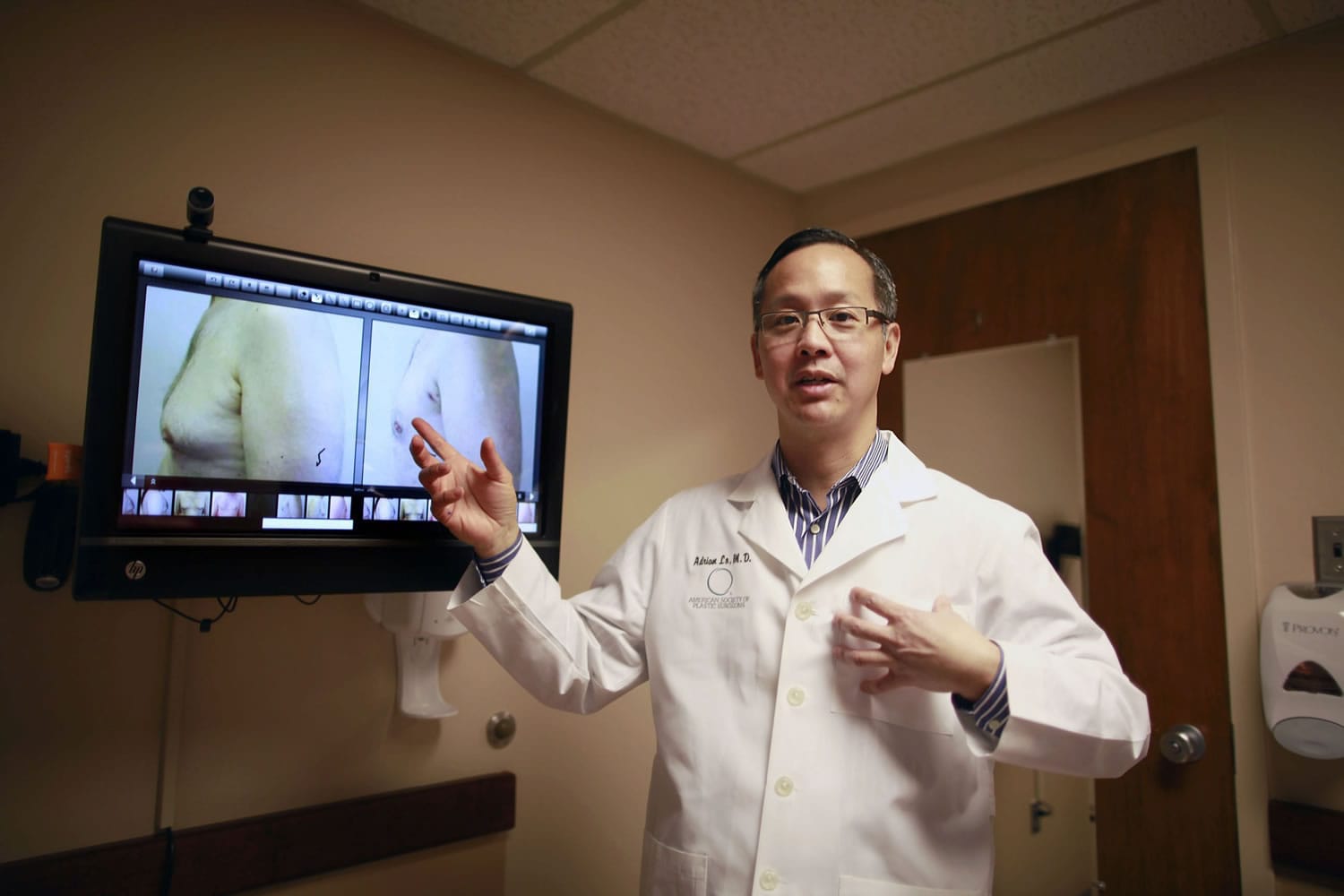PHILADELPHIA — As legalized medical marijuana gains acceptance across the country, a long-smoldering question burns a little hotter.
In the vernacular, stoners ask, “Do doobies make boobies?” Plastic surgeons phrase it more scientifically. “Does marijuana cause gynecomastia?”
Speculation that men who smoke pot are prone to develop abnormal breast tissue or “man boobs” has been around for decades. The first scientific paper examining the clinical impact of the drug’s active ingredient, THC, on hormonal systems was published in 1972 in the New England Journal of Medicine.
This was about the same time Brewer & Shipley stoked Spiro Agnew’s ire with the hit single “One Toke Over the Line.” The drug’s ability to stoke controversy has not abated. The 1972 study found that the drug has “widespread effects on multiple hormonal systems, including gonadal, adrenal, prolactin, growth hormone, and thyroid hormone regulation.” When the drug throws off the normal balance of hormones, estrogen levels rise and stimulate breast tissue growth.



